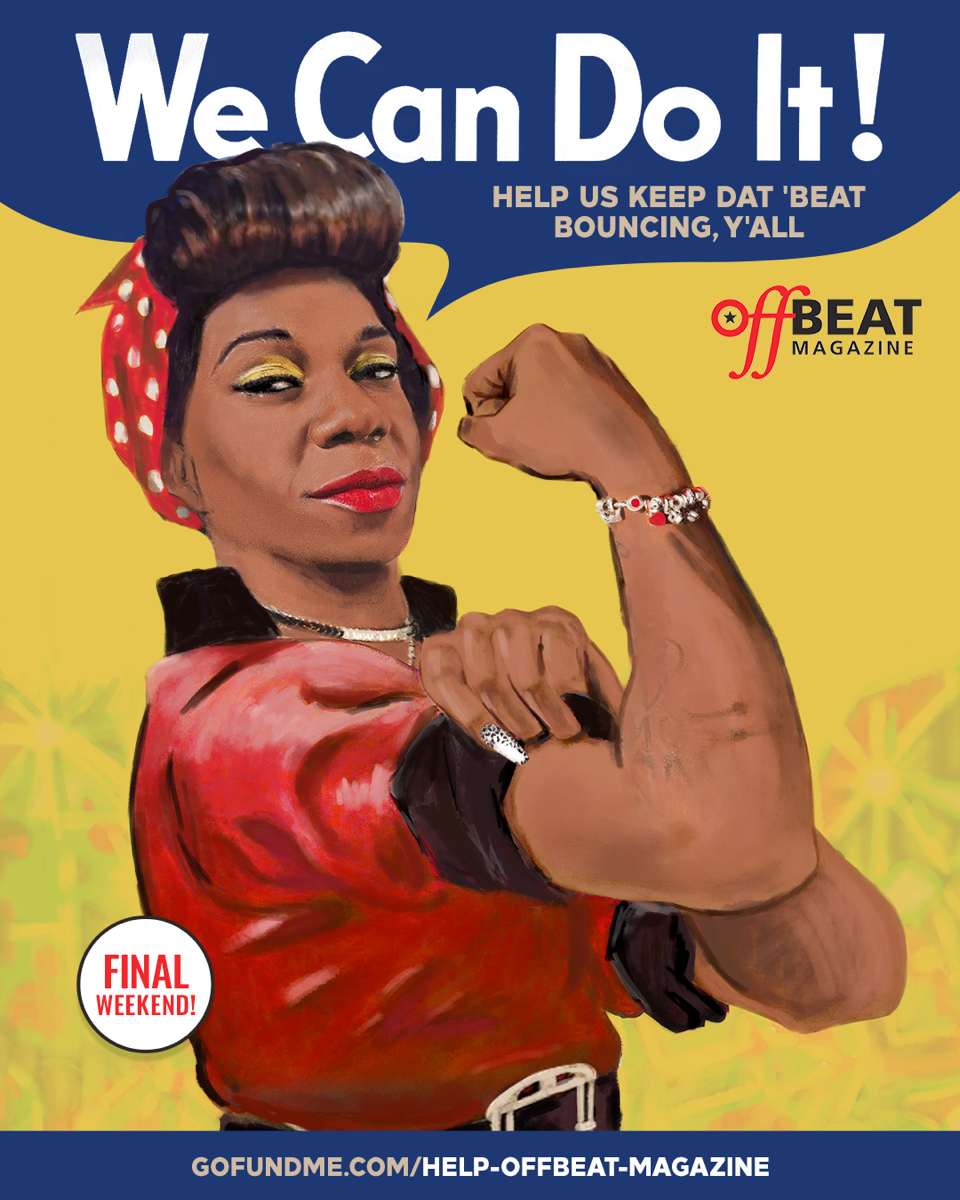 |
When Frederick Sheppard, better know as Shep, is on a second line parade with the Tremé Brass Band, the spot to be is right by his side. This is the locale where some really inventive jazz blowing goes down especially if Shep is mixing it up with fellow tenor man Elliot “Stackman” Callier. The long-tall Shep also never fails to impress folks with his limber blowing out on Jackson Square where the unsuspecting get a taste of authentic jazz improvisation. Though the saxophonist is best known in New Orleans classic jazz circles, no one could accuse him of being a traditionalist and he now steps out on his own debuting as a modern jazz artist on Blessed. An extremely fluid player with a wealth of expressive ideas, Shep’s experience on the R&B scene enters as he kicks off “Señor Blues” with some well-placed honks. Soon, the notes are flowing from this natural source in an environment that is suitably empty of clutter. Bassist Reginald Johnson and drummer M. Judas Marshall keep the atmosphere free for the saxophonist or pianist Richard Knox to enjoy maximum maneuverability. Sheppard displays a similar open state of mind when he picks up the flute on “Autumn Leaves” and the lovely “Willow Weep for Me.” He returns to the sax and some wild excursions on the soul groove of “Cold Duck.” Shep turns “What a Wonderful World” inside out on a version that should convince those weary of the oft-over played tune to its worth when imagination truly rules. Unfortunately, the trio of numbers that wind up the album—“Some Day You’ll Be Sorry,” “Bye and Bye” and “When the Saints Go Marchin’ In”—aren’t given equal regard. The previously uncluttered format is filled with horns and vocals that just don’t fit with the spirit of the rest of the album. Blessed, which from its packaging was obviously an low-budget project, nonetheless put the hugely talented Frederick Sheppard in the spotlight, a place he has long stood in the ears of those who admire freedom of expression.




